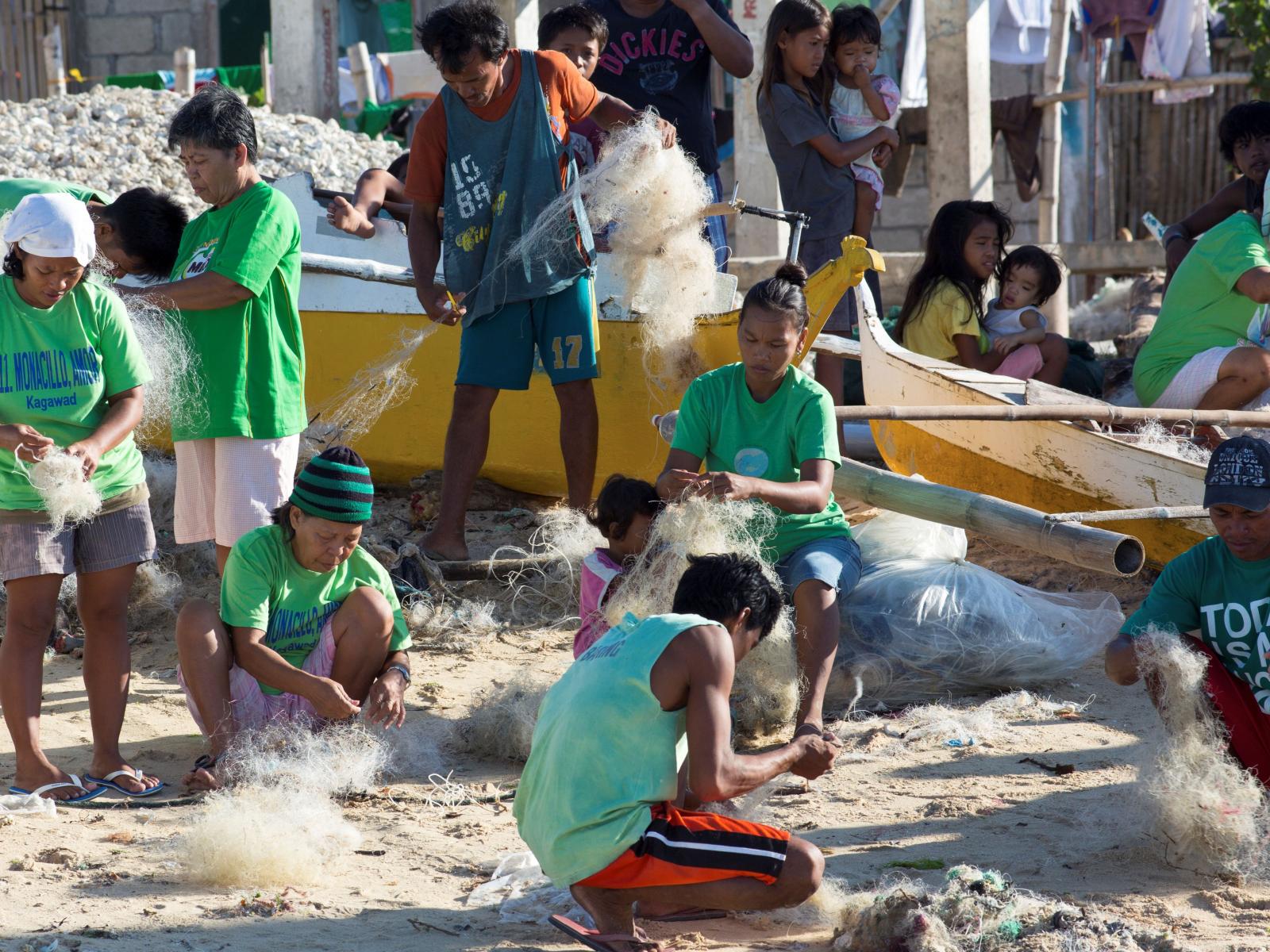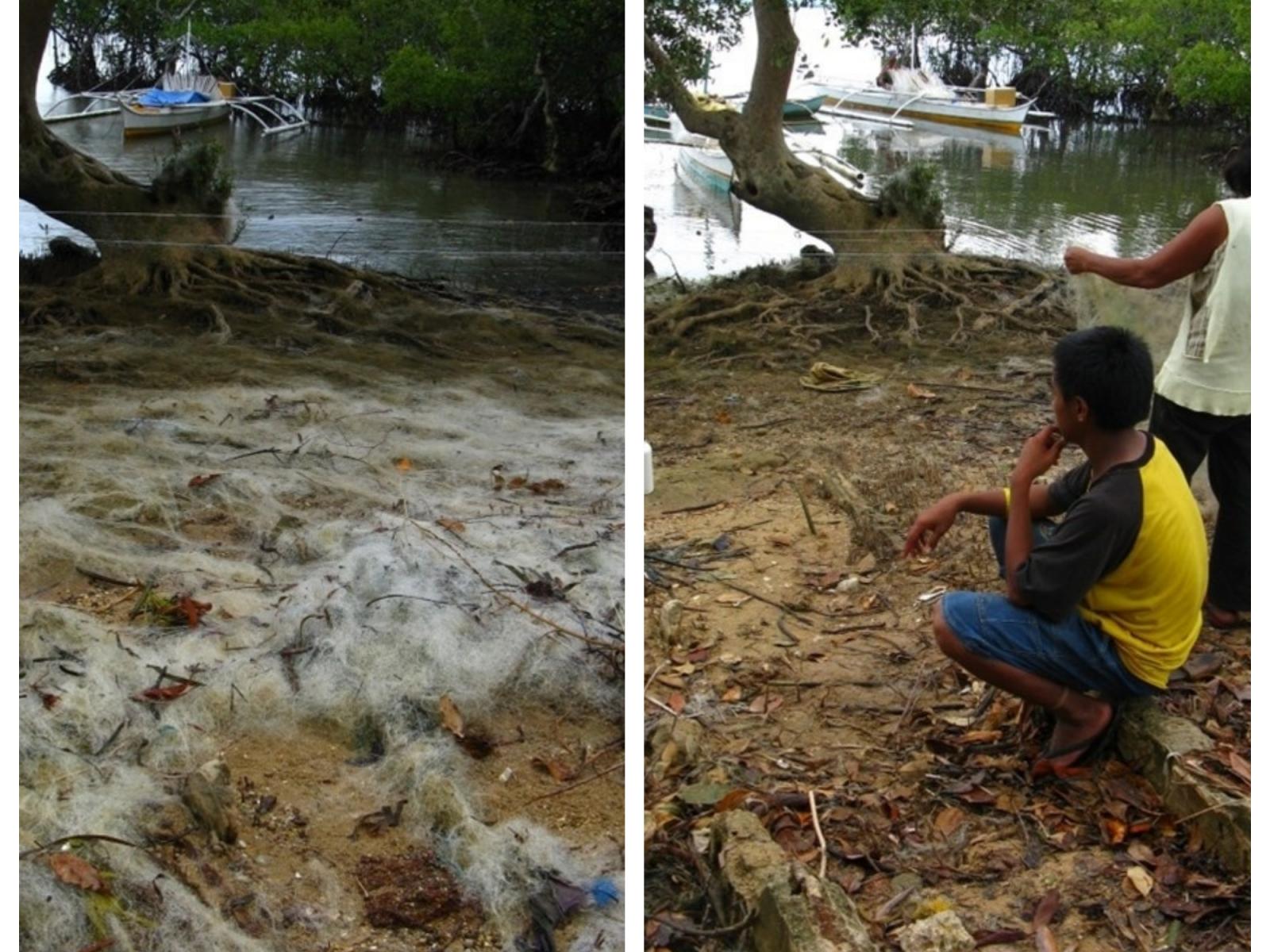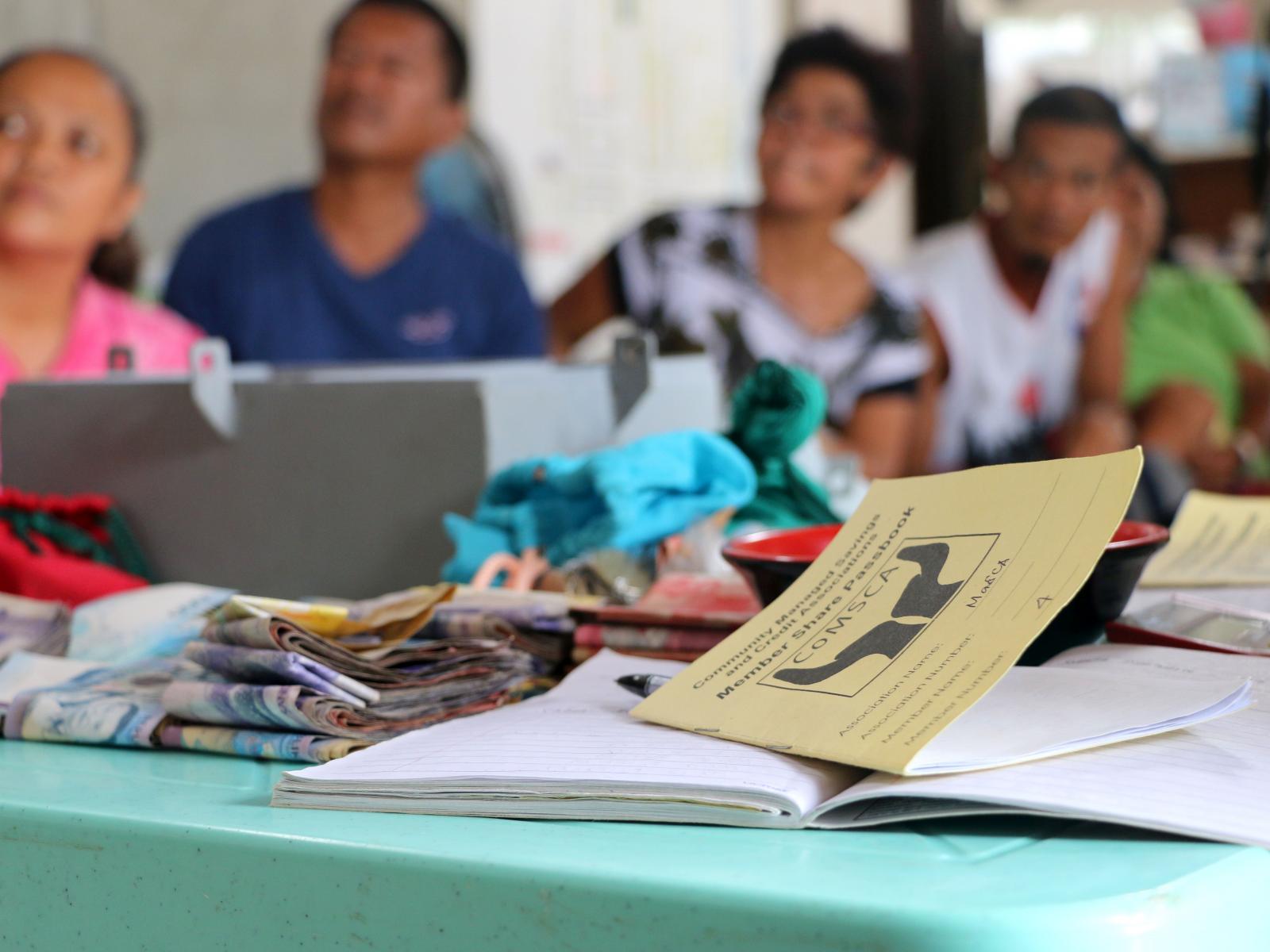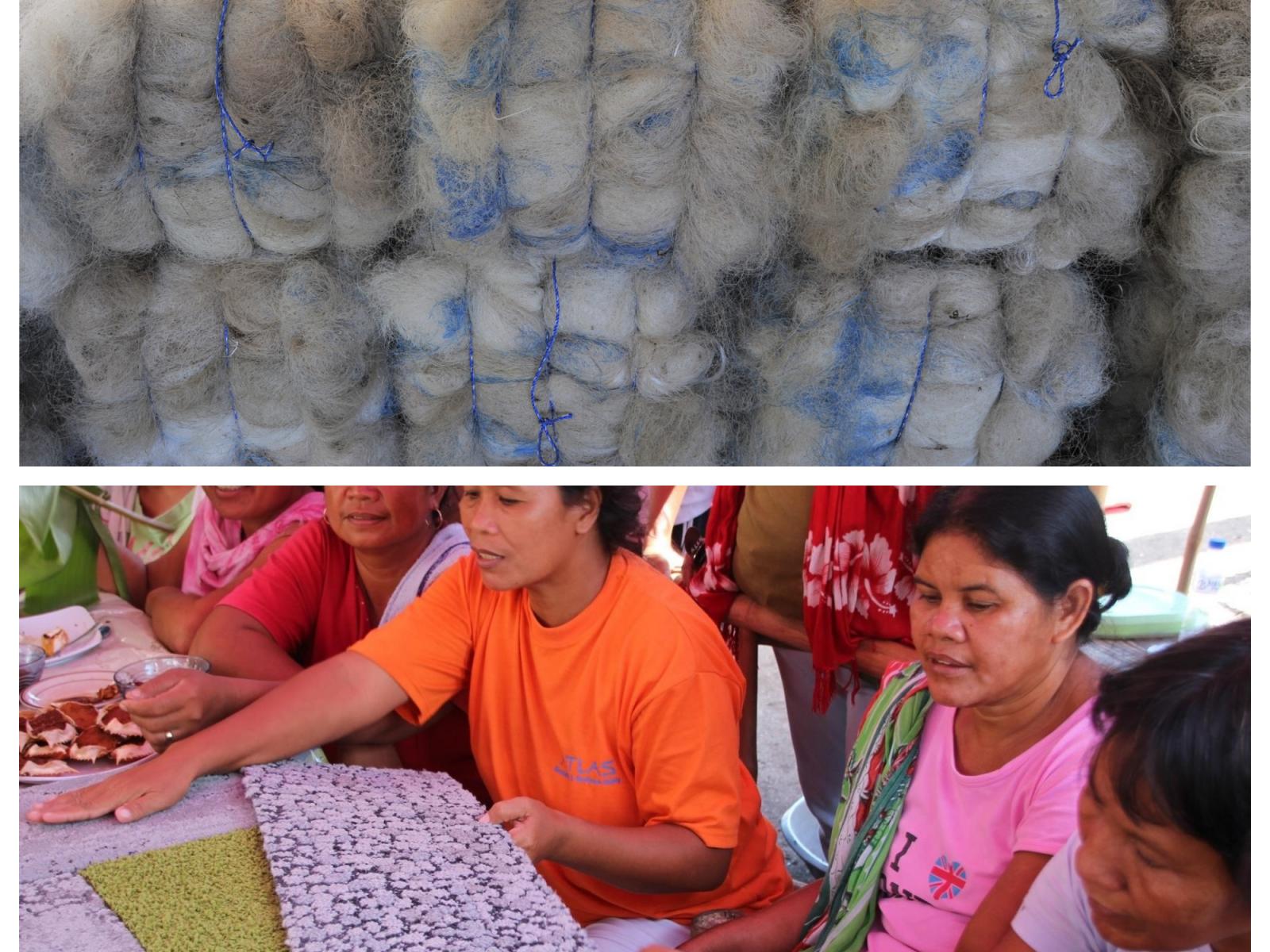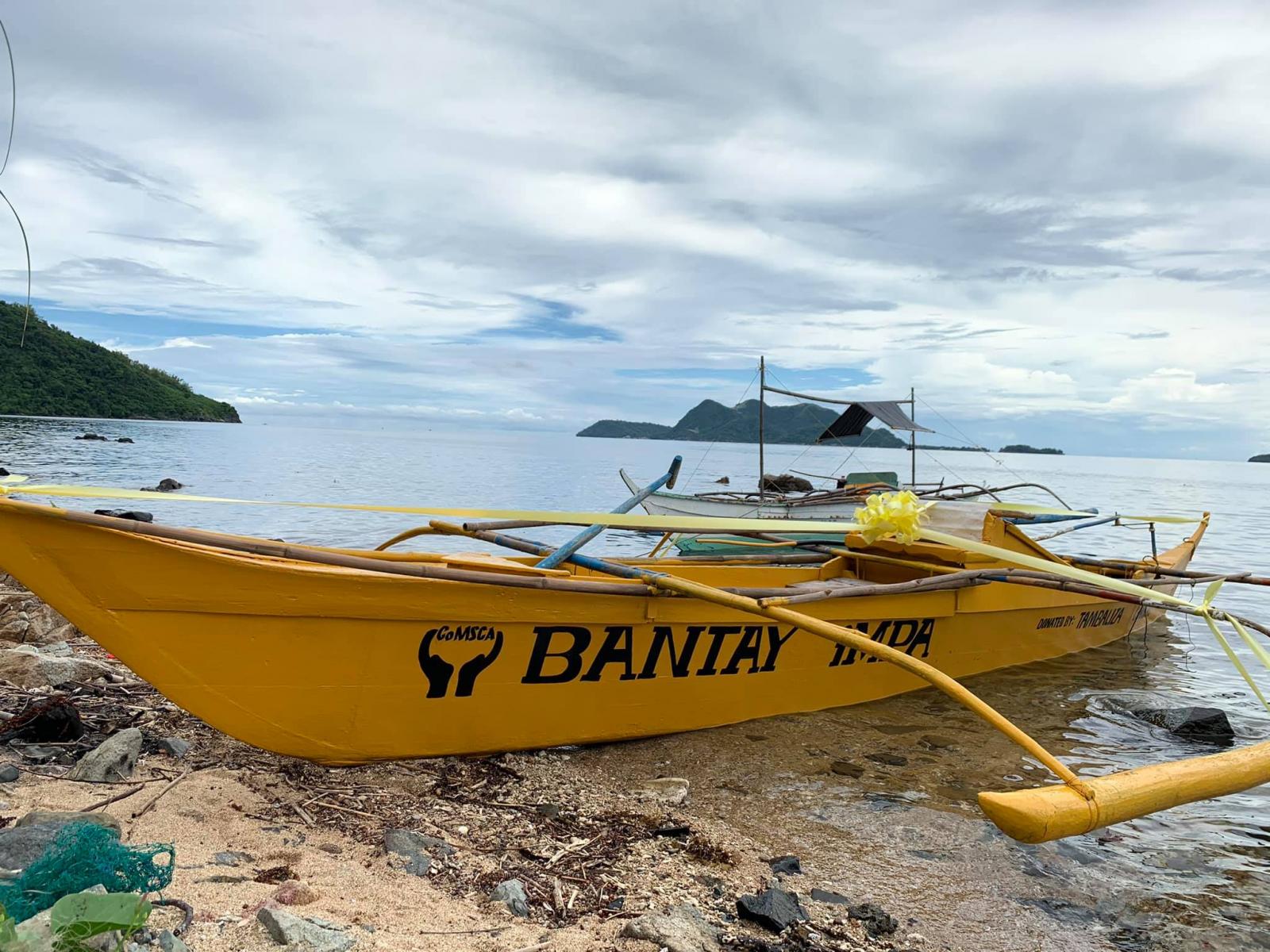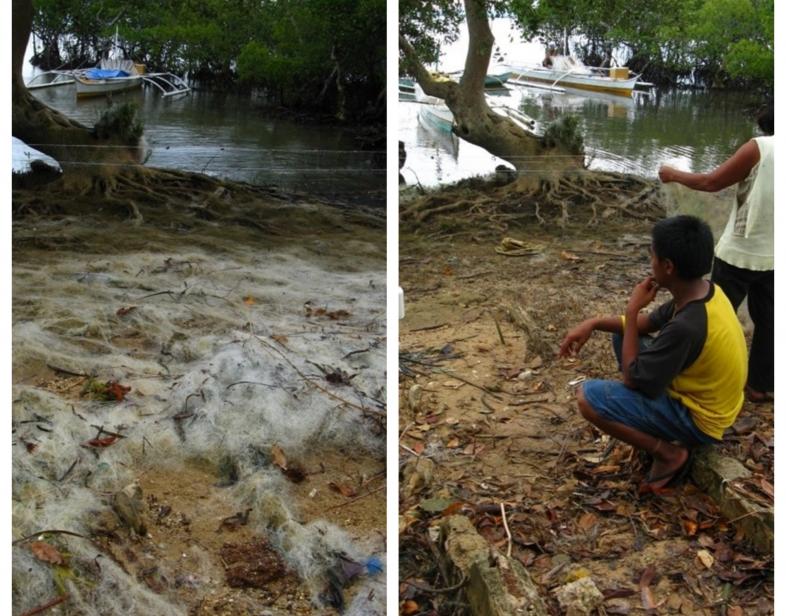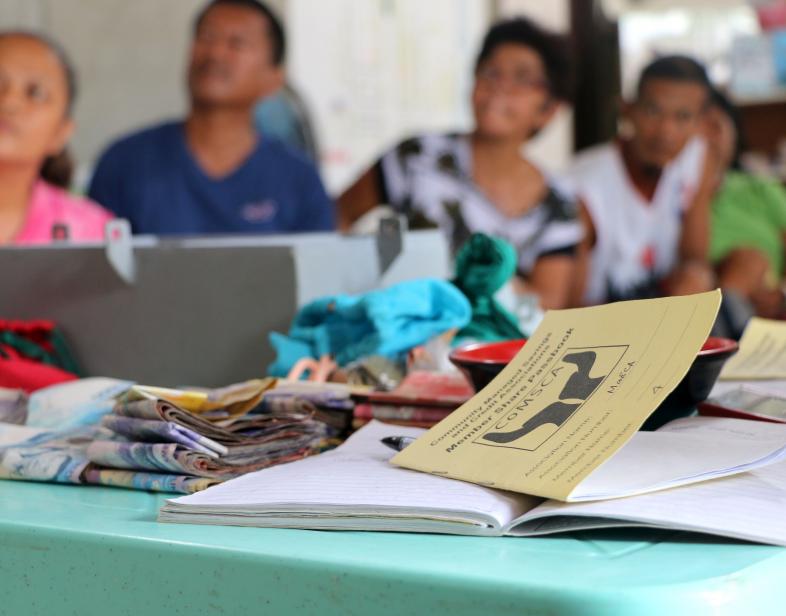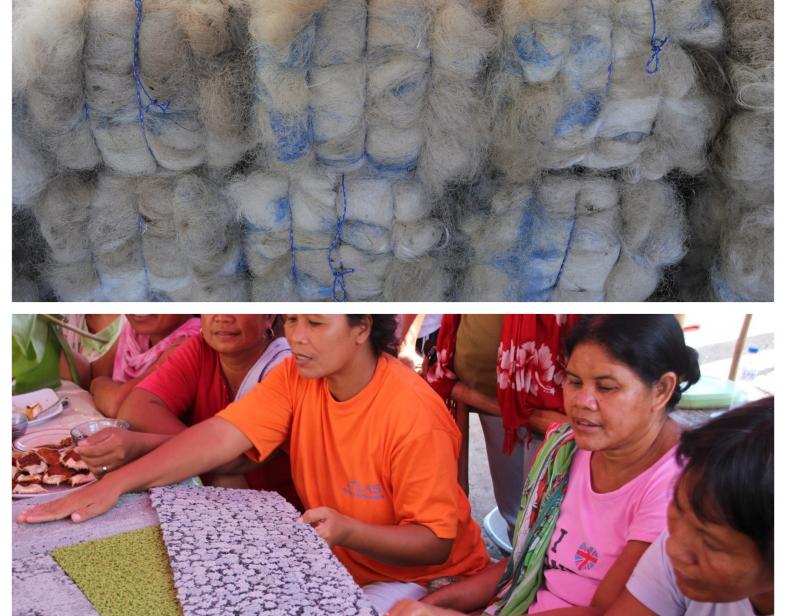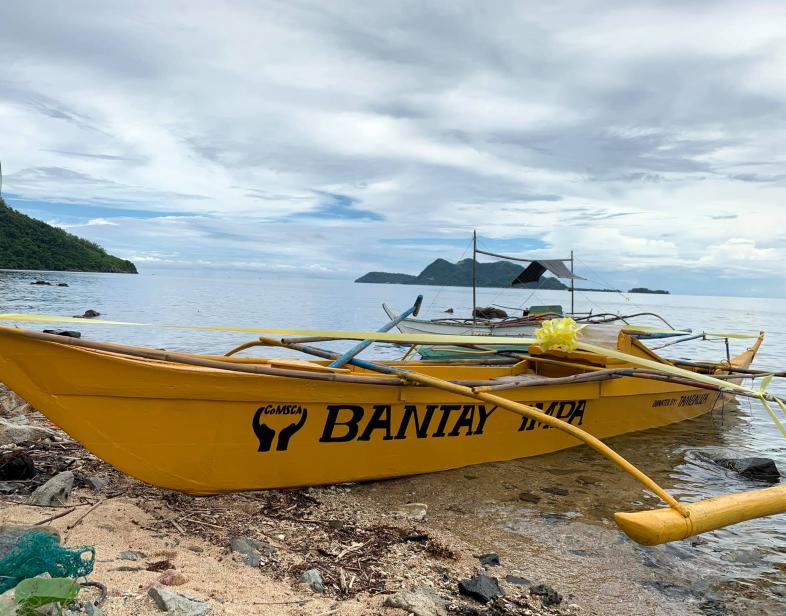An Overview Of Our Solution
Coast 4C, launched in 2012 as Net-Works is an award-winning initiative that redesigns global supply chains to reduce marine plastic, replenish declining fish stocks and improve socio-ecological resilience of marginalised coastal communities in the Philippines(SE Asia biodiversity hotspot; 3rd largest contributor globally of marine plastic pollution). Our solution links communities to global brands, to create local revenues to support poverty alleviation and reinforce behaviour change that enhances long-term socio-ecological resilience. Piloted through recycling end of life fishing nets into carpet tiles (recovering 267 million metres of discarded nets to date), which catalysed protection of 4,840 hectares of ocean, we have now expanded to sustainable seaweed production, all supported by the establishment of village savings and loan associations.
- Population Impacted: 60,000
- Continent: Asia
Nombre
Apellidos
Tipo de Organización
Correo electrónico
Análisis de Contexto
Every year 8 million tonnes (T) of plastic enter our oceans and over 100 million T of fish are removed. By 2025 there will be one T of plastic for every three T of fish, with fishing nets contributing 46% of plastic items in the ‘Great Pacific Garbage Patch’. The Philippines is at the epicentre of marine debris (3rd largest producer globally) and marine biodiversity which creates growing concern around the sustainability of coastal communities. Remote and marginalised coastal fishing villages in the Philippines have poor solid waste management systems, add marine debris directly into vulnerable marine habitats. Impoverished fishers dependent on declining fish stocks, rely on fishing nets made of Nylon 6, a strong and cheap material that is replaced every few weeks rather than repaired which reduces efficacy. We estimate fishers on Danajon Bank replace 20kg of net/fisher/year, so nearly 226 T of nets may be discarded annually.
Describa la solución técnica que usted esperaba ser adoptada por su audiencia meta.
The project focuses on establishing community-based fishing net recycling, creating direct links into a circular economy supply chain for Nylon 6. Community groups are supported to form Village Savings and Loan Associations (VSLAs) which run the net collection process as a micro-enterprise. Community members are asked to stop discarding nets into the marine environment, encouraged to collect discarded nets through coastal clean-ups and/or sell end of life nets directly to the VSLAs who sell the nets to Coast4c and retain a small share for the VSLA group. Coast 4C aggregates nets from multiple VSLAs and communities, organises baling and warehousing, and exports the nets to Aquafil in Slovenia for integration into the circular economy using their Econyl® regeneration facilities. By creating a viable market for discarded nets, Coast 4C successfully reduces coastal pollution and significantly reduces the number of “ghost nets” at sea.
Describa su intervención para cambiar el comportamiento de su audiencia meta relevante a su solución.
AIM: to stop discarding nets into the marine environment and start selling them to the VSLAs. We achieved this by influencing community attitudes toward marine debris, marine conservation, and their interest in recycling through a series of orientation, learning visits and regular outreach targeting local leaders and communities. Strategy design was supported by existing behaviour change theories and community-based social marketing techniques. A critical enabling condition for success was VSLA establishment to manage local supply chains and enhance community access to recycling facilities and financial services. Critically, VSLAs provide a stable platform for building conservation constituency, delivering orientation, and peer to peer communication. The main driver for community engagement was the desire to clean up their community and tackle ghost fishing. VSLAs encourage local communities to directly feed nets into the supply chain and coordinate community wide coastal clean ups. They use their innovative self-established Environmental Funds to provide snacks and refreshments. Net cleaning behaviours are integrated at the earliest stage of the value chain, increasing the community value share. VSLAs identify and encourage individual entrepreneurs to collect and/or buy nets from outside their local area. Neighbouring VSLAs compete in a group incentive scheme to boost their performance.
Palancas de cambio de comportamiento utilizadas
Si es necesario, por favor explique el tipo de intervención en mayor detalle
Choice Architecture-Encouraging communities to sell nets at end of life through established community-level supply chains; embedding coastal clean-ups of discarded nets into standard VSLAs activities. Emotional appeals-Creating a sense of pride and satisfaction amongst communities through demonstrating how transforming “trash to cash” creates useful materials (i.e. carpet tiles), whilst tackling water pollution; sharing before and after pictures from coastal clean-ups, and total amount of discarded nets collected. Information-targeted training for VSLA groups. Material incentives-Tackling the absence of proper waste disposal facilities through establishment of community level supply chains run by VSLAs. Income from net sales mitigates opportunity costs to communities of collecting the nets (primarily time), and incentivises more collection. Social influence-Weekly VSLA meetings allow collective sharing of experiences- recycling end of life fishing nets is now a norm in targeted sites.
Describa la implementación de su estrategia y solución.
We aimed to reduce the incidence of discarded nylon fishing nets in the marine environment through the creation of net recycling points, while improving the wealth of local communities engaged in the project and catalysing broader marine conservation.
Our main activities focused on:
- Government and community orientation: discussions with relevant government and community leaders, learning exchange between new communities and existing VSLAs, initial formation of a potential savings group, and preliminary introduction of VSLA training modules.
- VSLA establishment following published training guidelines ensuring that revenues from net collection can be integrated into the group’s constitution once the group is established and functioning.
- Supply chain creation through identification of Nets Managers in each VSLA who receive specific training. VSLAs are supported to establish a net pricing policy, deliver training and outreach to community members on Net Quality Standards, and to agree methods of net collection.
- Environment fund creation to support broader marine conservation initiatives through VSLAs.
To ensure behaviour change adoption, socio-organisers at site level directly supported VSLA management, and ensure community buy in to project activities. The Coast 4C team are broadly experienced in social marketing techniques and designed outreach activities based on best practise. This social marketing expertise, alongside established partnerships with global brands, were critical success factors for the project. In addition stable VSLAs were critical to successful net collection and subsequent revenue processing. Gaining community trust is a key obstacle to overcome as it helps ensure the development of a transparent pricing structure supported by VSLA and community members. A second key challenge has been efficient processing of nets for shipping to recycling facilities, leading to co-innovation on baling technology and supply chain logistics.
Describa quién lidera la implementación de su solución.
The implementation of the net recycling project is led by the VSLAs locally. These are run as micro-enterprises with each group electing a “nets manager” from within their membership. 84% of all VSLA members are women. In total Coast 4C has helped establish 88 VSLAs across 16 sites, which are directly involved in the management of the supply chain, totaling 2,039 members. VSLAs lead on pricing structures, financial management and community outreach. Youth groups are engaged during the collective coastal cleanup activities and also through regular community outreach.
Coast 4C team leading the project include Amado Blanco who played a key role in piloting the Rare Pride campaign program in the Philippines; Gildas Andriamalala, a Social Marketing and Behaviour Change Specialist, Rare Pride Campaign fellow and former campaign manager, who graduated from the 2009/2010 English speaking cohort; and Frenz Garcia a Social Marketing technical specialist based in the Philippines.
Incluya algunos de los actores clave con los que colaboró durante el desarrollo e implementación de su proyecto.
This is a multi-sectoral project engaging actors from community groups, government and industry.
Local partners: Local Government Units support project implementation; VSLAs run the local supply chains; and coastal communities collect the nets. Coast 4C is part of the VSLA network known as the CoMSCA network which allows sharing of lessons and improvements for VSLA management and collaborates with Rare Philippines for additional technical expertise and training. NGO partners: This project was developed as Net-Works™ by the Zoological Society of London. Coast 4C was launched in 2020 by ZSL in order to facilitate transition into a financially sustainable enterprise that can attract new forms of investment to the project in order to scale impact; Negros Women for Tomorrow Foundation, Inc have worked as a local implementing partner since 2013 running net collection hubs in the Bantayan Island Group, northern Cebu, and in Negros Occidental. Commercial partners: Aquafil pioneered the technology to produce yarn from recovered fishing nets and other waste. They are the commercial buyer of nets collected in the communities; Interface Inc are the largest manufacturer of carpet tiles in the world, they co-developed the net recycling model and committed to buy the resulting material through their yarn supplier Aquafil. They funded initial project development. Funders: American Chemistry Council, Darwin Initiative, Ray Anderson Foundation, Julius Baer Foundation, BNCFF.
¿Quién adopto los comportamientos deseados y en qué grado? Por favor incluya evidencia recolectada demostrando el cambio
The target audience are fishers and community members, and the behaviour change is to stop discarding nets. Having 88 VSLAs (2,039 members) managing the supply chain evidence that community members are proactively supporting the behaviour change. While we do not have records of the number of people engaging in net collection, we have bought and sold 286 tonnes of nets through the newly established value chain for nylon- 6 nets, indicating large numbers of people have engaged in positive behaviour change. In addition of 280 households surveyed (6 sites in 2019) 264 had engaged in at least one coastal clean-up in the last 12 months, and 80% completed multiple clean ups. We also successfully replicated the model through partners to Lake Ossa and the Douala Edea landscape in Cameroon, and Merauke in Indonesia, with collection still underway. We have firm expressions of interest for replication in India, Sri Lanka, Thailand, Malaysia, Malawi, Zimbabwe, Bangladesh.
¿Qué impacto tuvo sobre los niveles de contaminación del agua? Por favor sea específico e incluya las metodologías usadas
The key impact is a lower incidence of discarded nylon 6 nets in the marine environment. However, it is not feasible to directly observe quantities of nets underwater. As a proxy, we recorded presence of discarded nets along the shoreline (percentage coverage of nets in 1m x 1m quadrats).Information was collected on coverage of all plastic within these quadrats in order to explore whether Coast 4C has had any knock-on effects stemming from changes in knowledge and attitudes. Using a standard BACI (Before, After, Control, Impact) approach we developed a monitoring methodology centred on beach photo quadrats to assess changes in net coverage over time. We recorded a significant reduction in all plastic pollution (including nets) at target sites over a 6 year period (Patel et al in prep). Water pollution was significantly reduced as a result of our project with 267 million metres of fishing nets purchased through local supply chains, and thus not entering the ocean.
¿Cuál ha sido el impacto de su solución en los desafíos de equidad?
The solution currently benefits 60, 000 people located in 32 marginalised and poor coastal communities in the Philippines. VSLA groups from 18 sites in Danajon Bank and Northern Iloilo saved nearly USD258,000 in total reported in November 2020, directly benefiting 2,015 households and promoting gender equitable access to financial services. VSLA establishment has a considerable impact on women’s participation in resource management and income independence , particularly as 84% of VSLA members are women.
The sale of nets provides additional income to local communities, and mostly for the members of the VSLA involved in the supply chain. As the project evolves from net recycling to sustainable seaweed farming, 94 families have now been trained in more productive and eco-friendly methods to achieve higher prices for their harvest. In 2020 the project exported 20 tonnes of dried seaweed to Cargill further boosting local incomes.
¿Cuáles fueron algunos de los beneficios comunitarios y sociales adicionales?
The solution has improved community cohesion, self-confidence and trust. This is illustrated through successful, collective management of the net supply chain, the establishment of community-based financial services, including loans at times of need, and community -wide coastal clean-ups. It reinforces the Filipino value of Bayanihan, and generated valuable additional financial support during recent difficult times e.g. after the Bohol Earthquake, Super Typhoon Haiyan, and the COVID-19 pandemic.
¿Cuáles fueron algunos de los beneficios ambientales adicionales?
The solution has massively enhanced community-based marine management. Communities increasingly value marine conservation and are empowered to invest back into conservation. Environmental Funds established by the VSLAs support community-wide coastal clean-ups and broad conservation measures: In 2020, VSLA groups in the Barangay of Tambaliza supported MPA enforcement by buying a patrol boat; VSLAs in Guindacpan and Handumon each contributed USD250 to support MPA guardhouse construction.
¿Cuáles fueron algunos de los beneficios de desarrollo sostenible?
The Coast 4C innovative business model is a simple and scalable way of tackling poverty (SDG1) by applying inclusive business principles (SDG9) to commodities that can be produced by local communities, and incentivising conservation of marine resources including replenishment of fish stocks (SDG14). Through Coast 4C net recycling global brands can source valuable raw materials with unique and compelling environmental and social stories to educate consumers about their changing planet (SDG12).
Sostenibilidad: Describa la sostenibilidad económica de su solución.
The hub and spoke design allows for local flexibility to ensure sustainability. Income from the sale of nets provides the bedrock for sustainability. We believe that it is important to prevent all nets from entering the ocean, not just those in net hotspot areas. So we have integrated seaweed into the supply chain. This makes use of the same team, physical infrastructure and social infrastructure, and enables efficiencies of scale to be achieved so we can collect nets sustainably even from sites with low net supply.
Retorno de la Inversión: ¿Cuánto costó la implementación de estas actividades?
VSLAs (now totaling 176 groups), were selected as the social infrastructure because they are cost effective and proven to be sustainable: >90% continue even 5 years after external support is removed. We designed the hub and spoke model to keep costs very low. Introducing net behaviours at the earliest stage in the cycle has successfully reduced processing cost that hinder many recycling initiatives. We designed a baling solution that is locally appropriate. Therefore, we believe the results are high compared to investment. Generally, we estimate that it costs about USD52,000 to set up one hub with collection in 10 communities. On average, one hub would be expected to divert 9,300 km of old nets from the ocean per year.
¿Como podríamos replicar esta solución de manera exitosa en otro lugar?
We have successfully replicated the solution to Lake Ossa (freshwater system where we adapted the solution to address other water pollution issues) and the Douala Edea landscape in Cameroon, and to Merauke in Indonesia. We have strong expressions of interest from groups in India, Sri Lanka, Bangladesh, Malawi, Zimbabwe, Thailand and Malaysia. We have conducted scoping and identified local implementing partners in India, Myanmar, Thailand, Cambodia, Liberia, Senegal and elsewhere in Indonesia and the Philippines. We have created a toolkit that we will be published soon that has all of the necessary resources. We envisage creating a specialist unit within Coast 4C to support local implementing partners globally to adapt this solution to specific contexts – something we have found critical to success of replication. Additionally, we have found that cross-visits by local communities and implementing partners act as a motivator, and regularly host visits to the Philippines for this.
